AI SoC Camera Module AiyeCam-Talpa Introduction

Posted By
15 Apr
0 Comment(s)
1116 View(s)
Technology-Vision
,
Engineering-IOT/Robot Sensor
,
Application-IOT

AI SoC Camera Module AICM1001

- [What is an AI SoC Camera Module?]
- [Applications]
- [Face Recognition]
- [People and Motion Detection]
- [Gesture and Touchless Control]
- [Symbol or Number Recognition]
- [Online Development Kit]
AI
SOC Camera Module: Integrated single-chip solution with CIS, MCU, and
image recognition
AiyeCam-Talpa Series is based on the first AI single-chip solution, NB1001, an AI SoC integrating an embedded CMOS Image Sensor (CIS) and a microcontroller. The NB1001 AI SoC embedded in the
processor can be programmed with AI training code for image processing
and recognition. The AiyeCam-Talpa is a monochrome AI camera module with NB1001 AI SoC that provides all the necessary interfaces over a small flex cable design. Visual input requires only a small physical volume with a 2mm diameter optical window.The Advantages: Compact, Simple Interface, Cost Effect
Compact Design
|
Single Chip embedded AI SoC with CMOS Image Sensor
 |
Compact AI SoC Camera Module
 |
The AiyeCam-Talpa camera module uses a common 32-pin pinout. It supports status LED, flicker compensation, microphone, and speaker. Compatible with mature production capabilities, the AI Camera Module has a flexible peripheral interface design that can be easily adapted for various applications.
A convenient and user-friendly development board supported by a complete Software Development Kit (SDK). The AiyeCam-Talpa AI camera module integrates CIS, MCU, and neural network into a single-chip solution, using a very mature and high-yield assembly process to provide a very cost-effective solution.
Applications
The core processor, NB1001, provides an optimized low-power single-chip edge computing solution
with an integrated image sensor for interactive smart applications. This AI SoC camera module is not only applicable to a
wide range of consumer products but can also be easily integrated into
different industrial systems.Smart
Home
Lighting
Control, Window Blinds, Security & Access Control, HVAC Control,
Entertainment, Home Healthcare touchless control.Touch-free interface
to smart home devices.Robot vacuum cleaners, lawnmowers, etc. The AiyeCam-Talpa, our AI SoC
camera is different from traditional motion detection sensors; it can
work independently and identify the movement of an object by seeing a real
image instead of just detecting frame-to-frame differences. The SoC’s
motion detection could be programmed to trigger the required function
once it has detected a target object such as a human being. The result
is that the device's power consumption could be reduced leading to
longer battery life and false alarm reduction by more than 80%. It
could be built into many different home appliances without an internet connection.Smart
Accessory
Examples
include mobile phone stands, portable smart speakers, MP3 players,
charging docks, etc. The AiyeCam-Talpa AI camera is capable of gesture- and motion-identification. The target gesture poses could be programmed according
to actual application requirements, such as specific gesture poses or
arm waving direction. Each target movement input can trigger a specific
signal to enable pre-programmed functions. These functions could
include a power on/off switch, status LED flashing, audio playback,
volume increase/decrease, or previous/next function buttons….etc. All
the functions could be activated without the need to touch any button
or connect to the internet for background computing. They
could be widely applied in traditional speakers, smart speakers, or
other existing accessories that could benefit from an AI upgrade.Smart
Toy
Examples
include plush toys, tabletop games, puzzles, sports equipment, reminder
alarms, pen following/ tracking electronic toys, and preschool
products. AI cameras can host face detection algorithms, which could be
used to identify a real person's face. It could be applied to a fun toy
such as a face-tracking owl. As long as a face is detectable, the eyes
of the owl could be made to move, following the face movement.
Alternatively, a toy can be equipped with an alarm so that when it detects a
face, an appropriate status LED or sound effect will be triggered. As a
result, it could be adopted as a watchdog for auto audio playback with
various “Welcome” messages or designed into a plush animal toy to
play specific animal sounds.In addition, the SoC is also capable of performing unique face ID recognition for applications such as smart toys with owner identification features. Once the toy is unpacked, the child can start to train the toy to memorize his or her face and even input a voice recording of their name. The toy will identify its owner by playing back the name after training. All the detection and recognition operations are done locally without internet connection requirements.
|
Symbol Recognition Video
|
Eye Tracking Camera Demo
|
Face
Recognition
Face
Detection & Recognition
AiyeCam-Talpa Series Product can host face detection algorithms, which could be used to identify
a real person's face. It could be applied to a fun toy such as a face-tracking owl. As long as a face is detectable, the eyes of the owl
could be made to move, following the face movement. Alternatively, a toy can be equipped with an interactive device, such as an appropriate status LED or sound effect triggered when it detects a face. As a
result, it could be adopted as a watchdog for auto audio playback with
various “Welcome” messages or designed into a plush animal toy to
play specific animal sounds.
An auto “Hello” doll or “Voice Memo” device can automatically deliver
voice messages to the audience once the relevant face has been detected
in front of the device.
In addition, the SoC is also capable of performing unique face ID
recognition. This provides the toy with owner identification features.
Once the toy is unpacked, the child can start to train the toy to
memorize his or her face and even input a voice recording of their
name. The toy will identify its owner by playing back the name after
training. All the detection and recognition operations are done locally
without internet connection requirements.
Multiple
Face ID Recognition

The SoC is not only able to recognize a single face ID but multiple faces but also whole families or a group of friends could be trained at once. Since no images will be saved in memory or readable from the device, the user does not have to worry about ID privacy or be concerned about potential misuse of the device should the device be lost.
The Multiple Face ID feature could be applied (for example) to a tabletop game, or a group of interactive toys with preset roles. This could provide even more sophistication and fun by using auto-trigger effects from various LEDs, sound, or audio gaming feedback.
The user can leave voice messages for family members or friends, the device will ensure that the message will not be played unless the Face ID has been already memorized by the device. The SoC enables the creation of various special features in a single toy, limited only by the imagination of the programmer. The result can be that the programmer can almost give the toy a life of its own using the built-in artificial intelligence. Just plug and play.

Product Feature
• Vision tracking with real target identification instead of remote control
• Precision X and Y coordinate identification against real image
• Support both front/rear side pedestrian view tracking without blind spots
• Capture alignment support for the main camera in the existing device
Benefits
• Low power consumption for battery base drone
• No extra accessory is required for movement control
• A real AI drone with auto-vision tracking
• Auto alignment with target face for data capture
• Potential real-time alignment with other target types (easy implementation of drone "follow-me" mode)
Toy Drone
• Vision tracking with real target identification instead of remote control
• Precision X and Y coordinate identification against real image
• Support both front/rear side pedestrian view tracking without blind spots
• Capture alignment support for the main camera in the existing device
Benefits
• Low power consumption for battery base drone
• No extra accessory is required for movement control
• A real AI drone with auto-vision tracking
• Auto alignment with target face for data capture
• Potential real-time alignment with other target types (easy implementation of drone "follow-me" mode)
People
and Motion Detection

People
& Motion Detection
AiyeCam-Talpa AI
camera can work independently and identify the movement of an object by
seeing a real image instead of just detecting frame-to-frame
differences. The result is that a passing car's movement or a tree
swaying in the wind cannot cause the type of false triggers seen with
traditional motion detection sensors. The AI SoC’s motion detection could
be programmed to trigger the required function once it has detected a
target object such as a human being.
AiyeCam-Talpa AI camera can not only detect a single object but it can also be programmed to detect multiple different target object types. The object types that can be detected include a human being's body, a kind of animal, or even a gesture. The control behavior can be programmed to reflect what it can see. As a lighting controller, it could auto-enable the lighting level according to different target scenarios - using motion detection at a long distance, then moving to pedestrian detection or even face detection as the target gets closer. Light dimming can be changed gradually according to natural usage without any buttons needing to be pressed. A more sophisticated example could be to control tap water flow by gesture moving without touching the tap, including temperature control. The results are that the convenience of the home environment can be improved by using real AI without cloud-based connectivity.
AiyeCam-Talpa AI camera can not only detect a single object but it can also be programmed to detect multiple different target object types. The object types that can be detected include a human being's body, a kind of animal, or even a gesture. The control behavior can be programmed to reflect what it can see. As a lighting controller, it could auto-enable the lighting level according to different target scenarios - using motion detection at a long distance, then moving to pedestrian detection or even face detection as the target gets closer. Light dimming can be changed gradually according to natural usage without any buttons needing to be pressed. A more sophisticated example could be to control tap water flow by gesture moving without touching the tap, including temperature control. The results are that the convenience of the home environment can be improved by using real AI without cloud-based connectivity.
Gesture
and Touchless Control

Gesture
& Touchless Control
Touchless
devices and gesture control are changing the way you interact with
technology and opening up new possibilities for convenience and
innovation. Here are just a few of the benefits of gesture-control
cameras and touchless devices:
• Convenience: With touchless technology, you can simply wave your hand to answer a phone call, turn on the lights, or control your smart home appliances.
• Hygiene: In the age of COVID-19, touchless devices offer an extra layer of hygiene, as they eliminate the need to touch screens and buttons physically. This is especially important in public settings, like retail stores and restaurants.
• Fun: AI gesture control cameras can add a new level of fun to your daily routine. For example, you can use touchless technology to play games, control your TV, or even have a virtual jam session with your friends.
• Innovation: Touchless devices and gesture control cameras are constantly evolving and expanding into new industries, which means that the possibilities for innovation are endless.
• Accessibility: Touchless devices and gesture-control cameras can provide an alternative way for people with disabilities or mobility issues to interact with technology. For example, people with limited hand mobility might find it easier to control their smart home with facial expressions or voice commands.
• Convenience: With touchless technology, you can simply wave your hand to answer a phone call, turn on the lights, or control your smart home appliances.
• Hygiene: In the age of COVID-19, touchless devices offer an extra layer of hygiene, as they eliminate the need to touch screens and buttons physically. This is especially important in public settings, like retail stores and restaurants.
• Fun: AI gesture control cameras can add a new level of fun to your daily routine. For example, you can use touchless technology to play games, control your TV, or even have a virtual jam session with your friends.
• Innovation: Touchless devices and gesture control cameras are constantly evolving and expanding into new industries, which means that the possibilities for innovation are endless.
• Accessibility: Touchless devices and gesture-control cameras can provide an alternative way for people with disabilities or mobility issues to interact with technology. For example, people with limited hand mobility might find it easier to control their smart home with facial expressions or voice commands.
Symbol
and Number Recognition
Symbol
& Number Recognition

Unlike the current ISP recognition solution, AI model training can recognize the same type of objects. The structure is simple, and
the solution combines the image sensor and MCU and does not require the connection of
other external main chips. Models and recognition targets can be
updated at any time to increase diversity. AI SoC algorithms work by
processing symbols representing objects or concepts and using
logic-based programming, where rules and axioms are used for reasoning
and deduction.
The AI camera can identify the numbers and transmit the data via wireless transmission to the “control room” The structural design covers the data outside the numbers on the dial to improve the recognition effect. High efficiency and low power consumption, using timing MCU, only needs to be turned on at a fixed monthly time to record information automatically.
The AI camera can identify the numbers and transmit the data via wireless transmission to the “control room” The structural design covers the data outside the numbers on the dial to improve the recognition effect. High efficiency and low power consumption, using timing MCU, only needs to be turned on at a fixed monthly time to record information automatically.
Development Kit

Development Board
The AI camera module development board, AiyeCam-Talpa-DB, is designed as a complete system that can work independently. Its SPI Flash memory can be updated to provide the required detection or recognition features.
The AI camera module development board is designed for engineering development purposes with a small system board with sufficient GPIOs for debugging purposes. It is defined as a simulation system board for different function requirements. The developer could use it for early-stage prototyping and working sample development. Once coding has been fine-tuned and optimized using this engineering board, the production board can use the same verified code enabling the developer to proceed with functional verification with minimum additional effort.

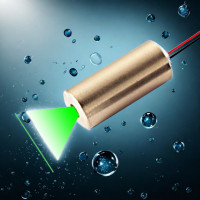
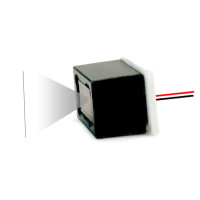
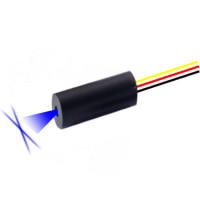
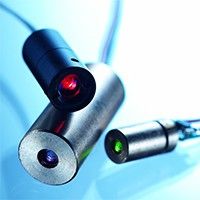
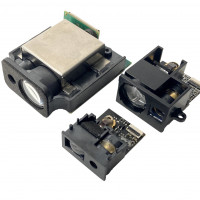
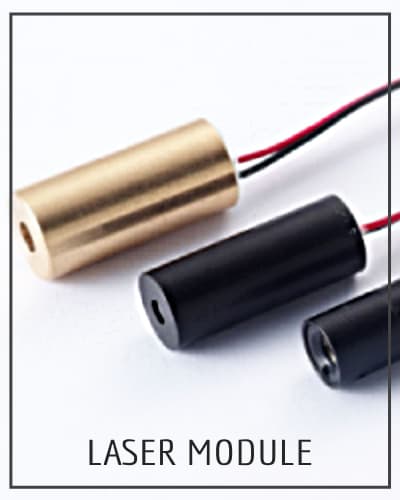
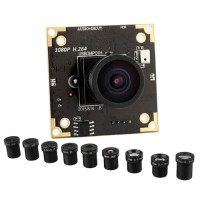
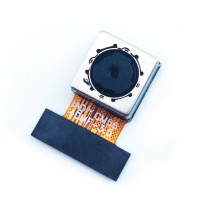
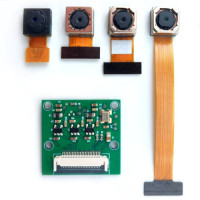
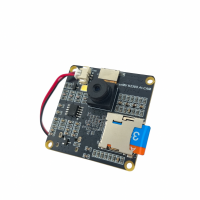
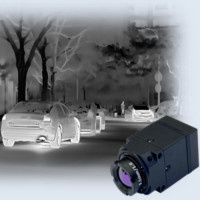
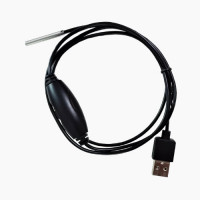

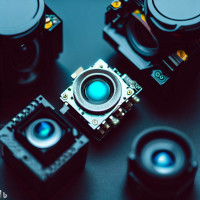
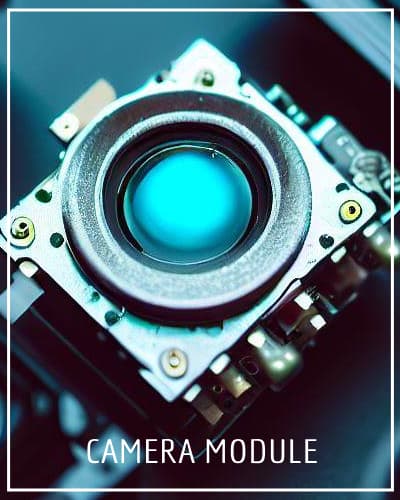

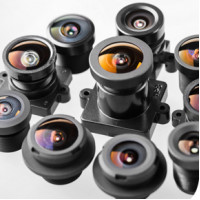

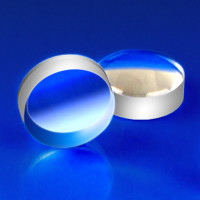
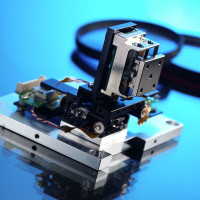
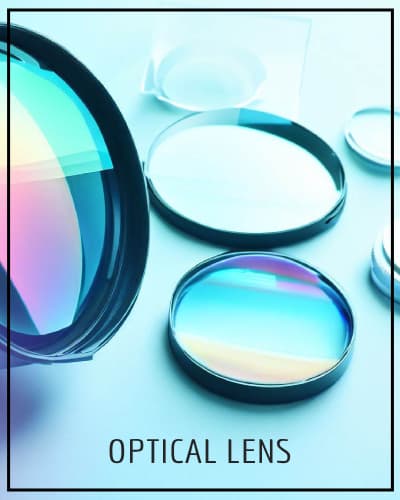
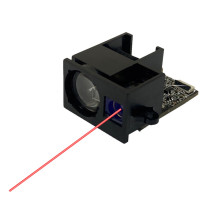
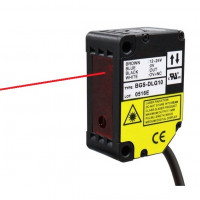
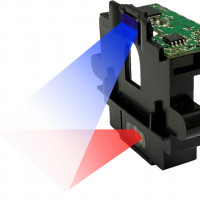
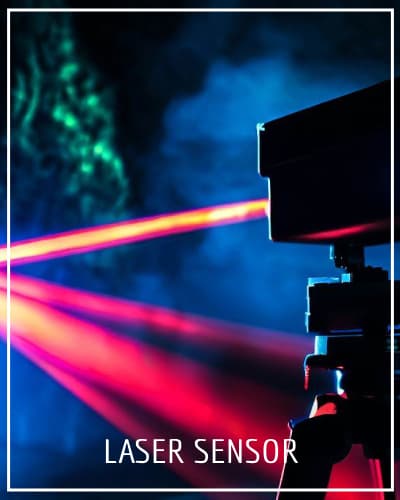
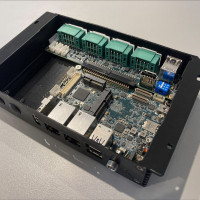

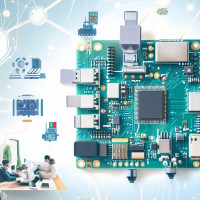
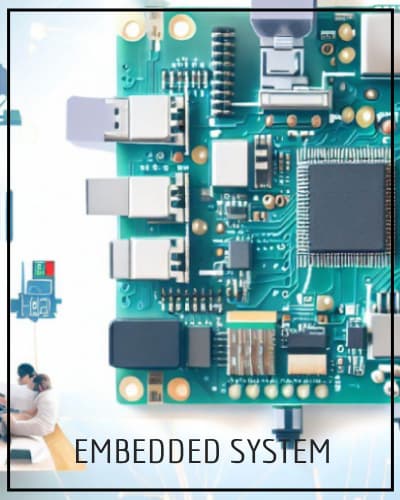
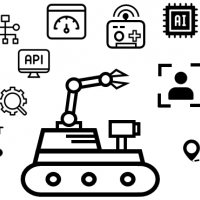
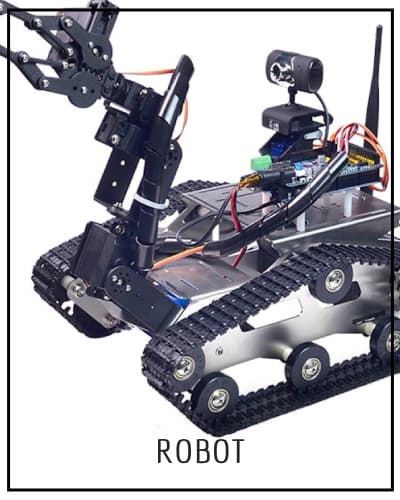
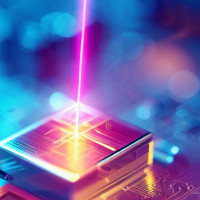
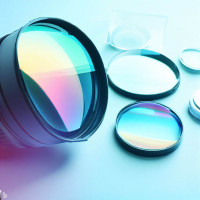
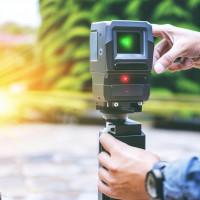
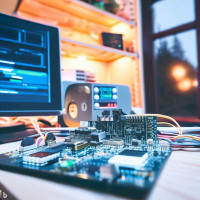


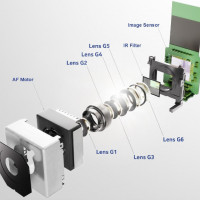
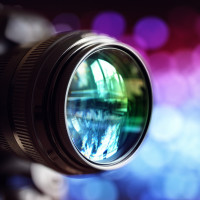
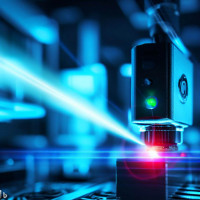
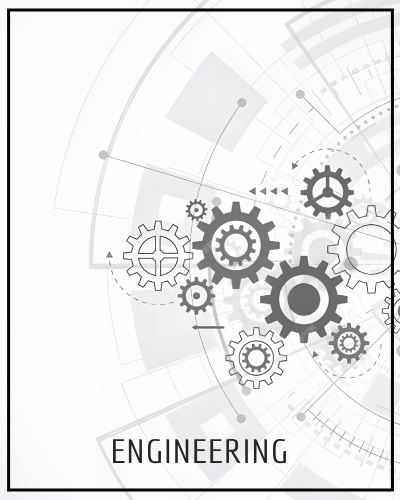
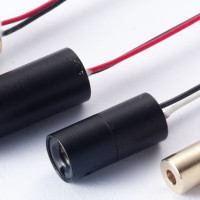

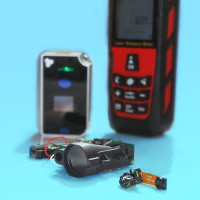
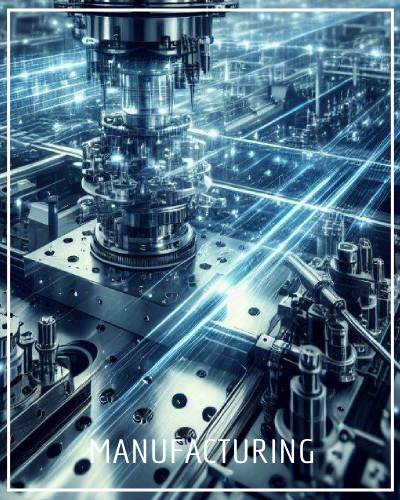
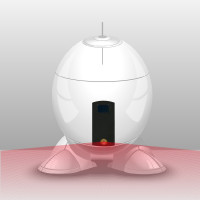

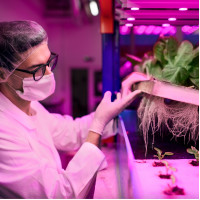
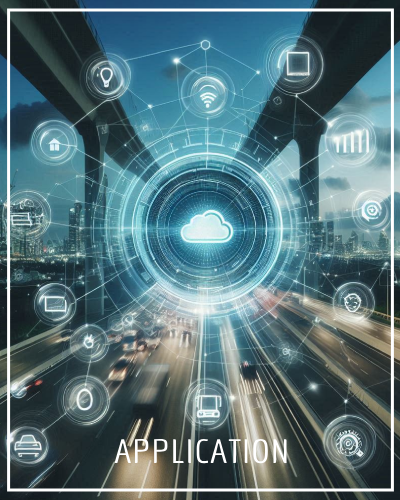
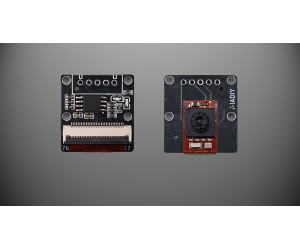
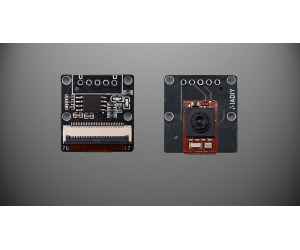

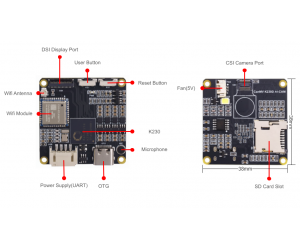
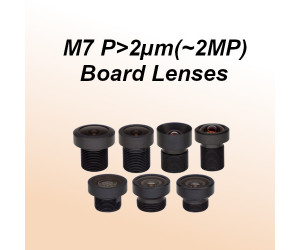
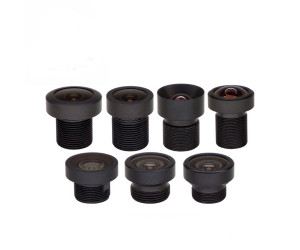
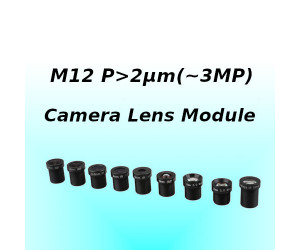
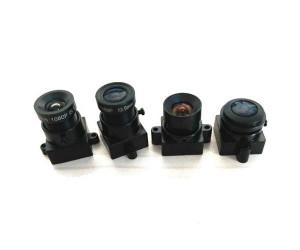
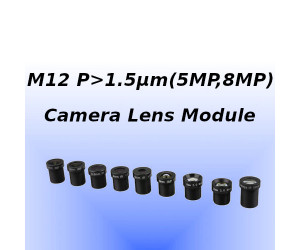
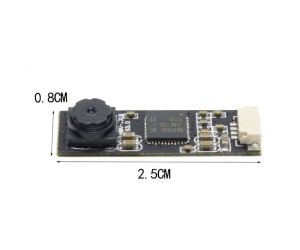
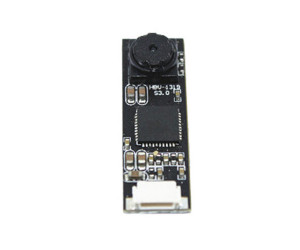
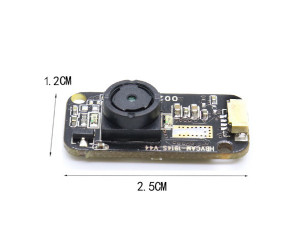
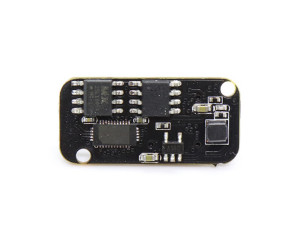
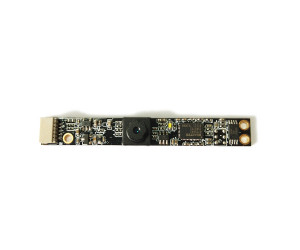
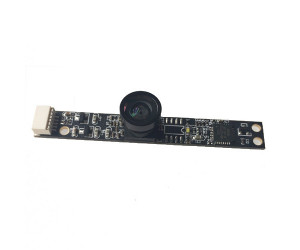
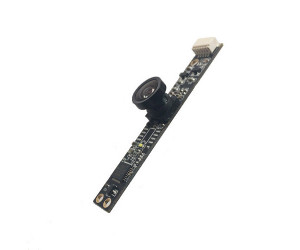
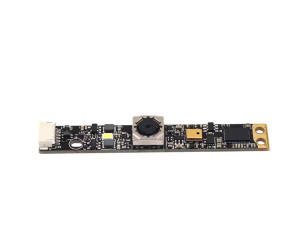
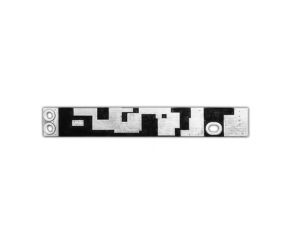
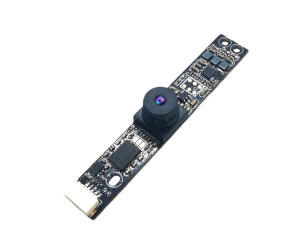
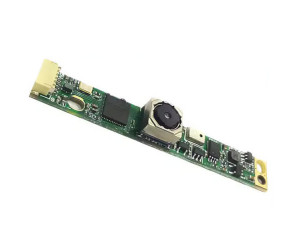
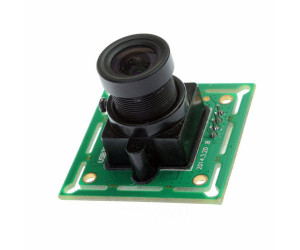
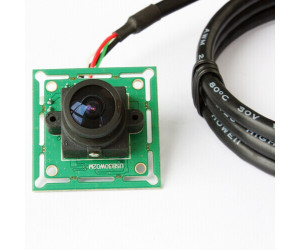
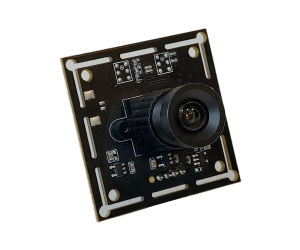
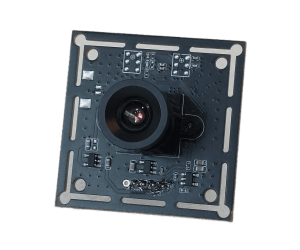
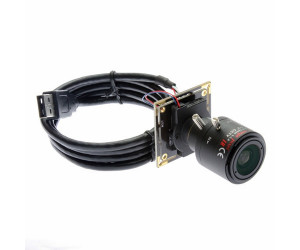
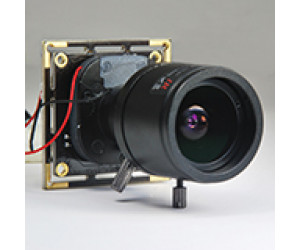
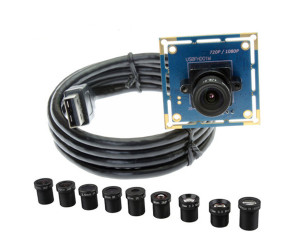
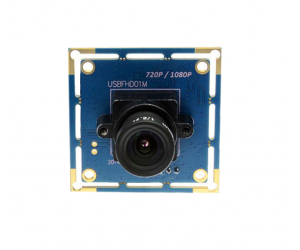
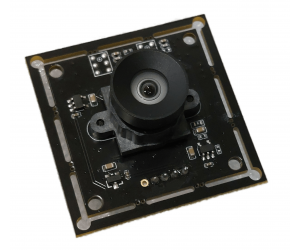
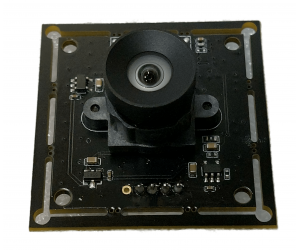
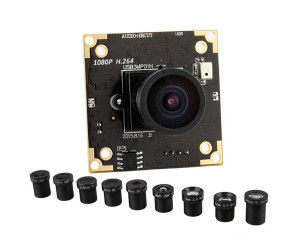
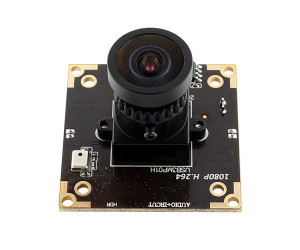
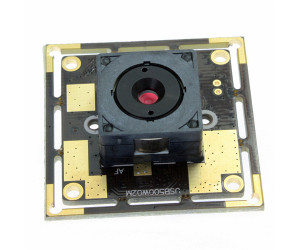
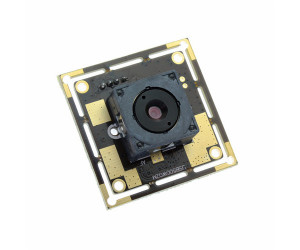
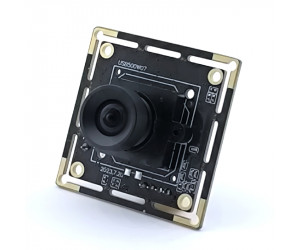
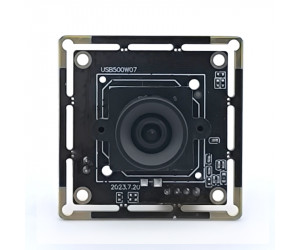
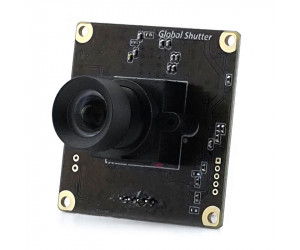

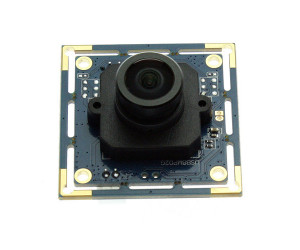
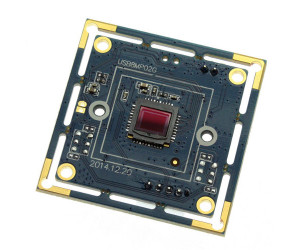
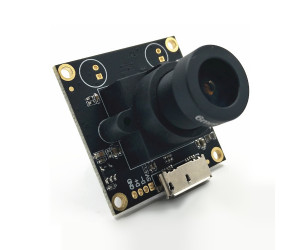
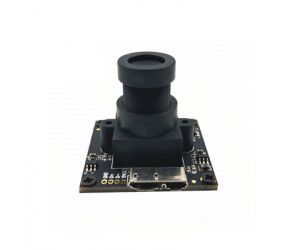
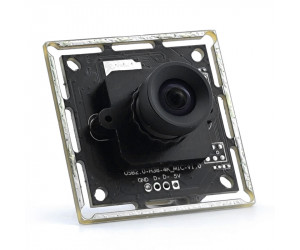
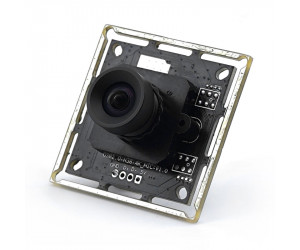
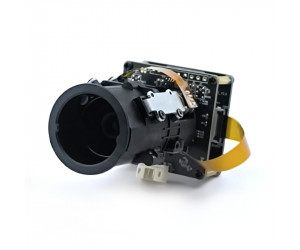
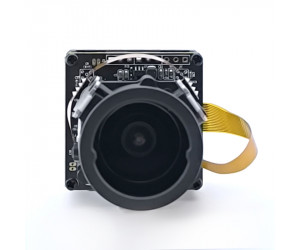

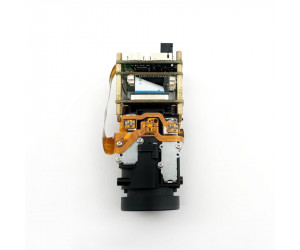
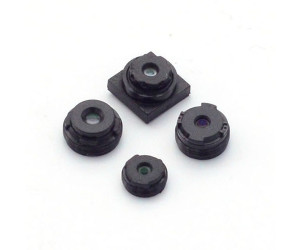
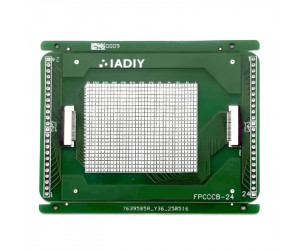
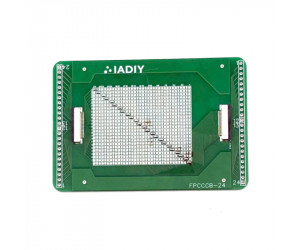
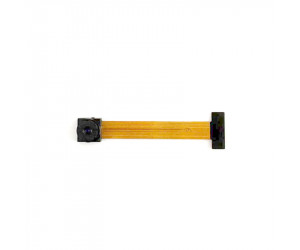
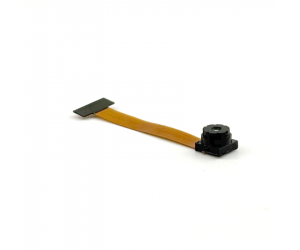
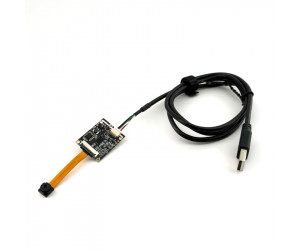
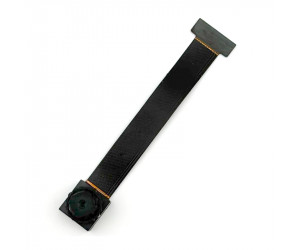
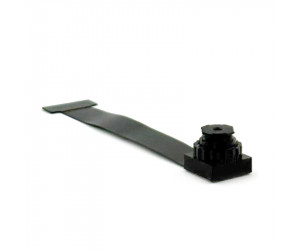
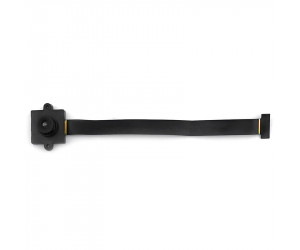

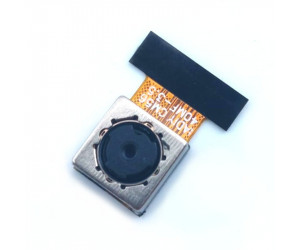
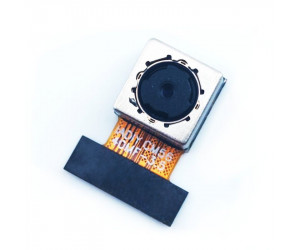
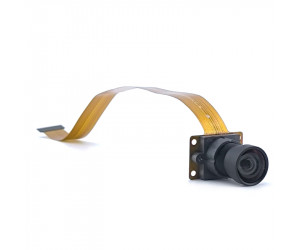
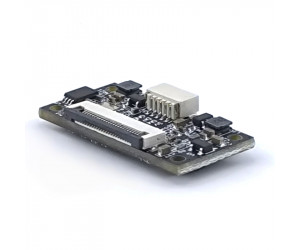
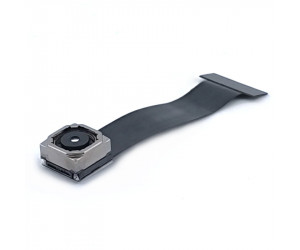
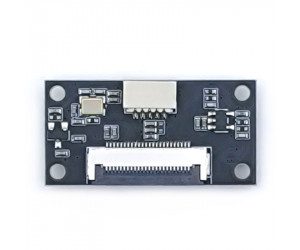
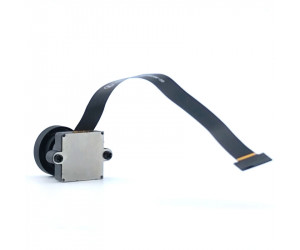

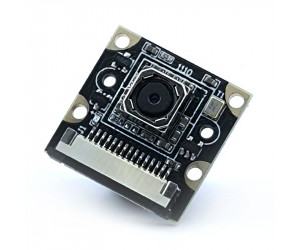
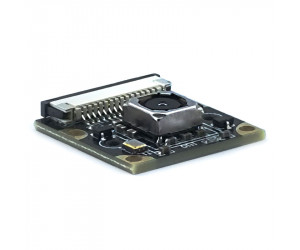
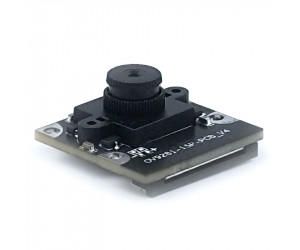
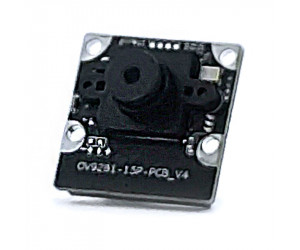
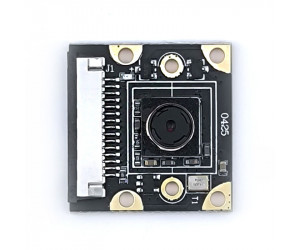

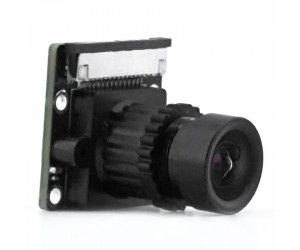
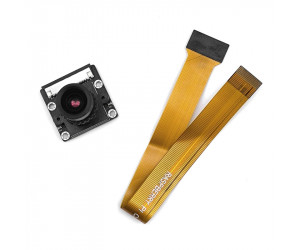
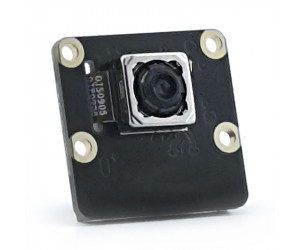
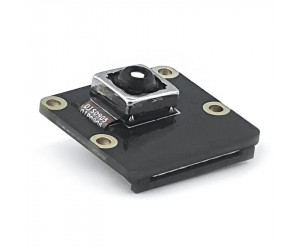




-300x250h.jpg)




Leave a Comment